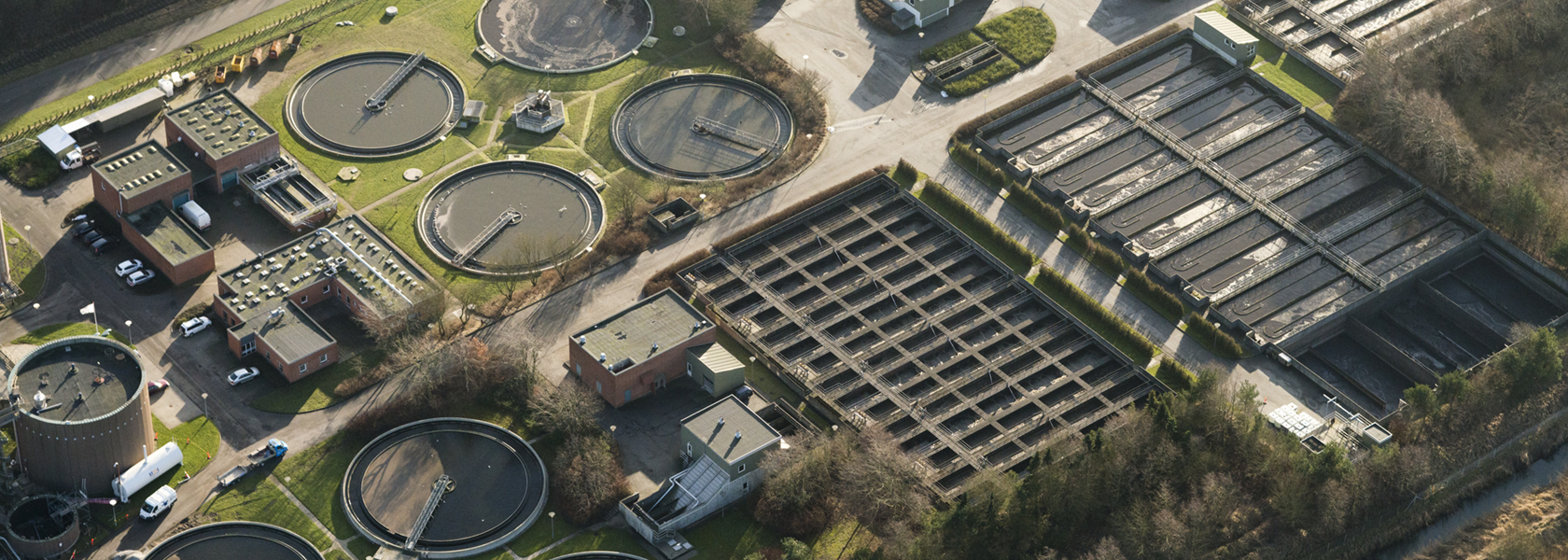

Nitrous Oxide Emissions from Trickling Filters
Nitrous oxide (N2O) is a greenhouse gas (GHG) which is released from wastewater treatment plants (WWTP) during nitrogen removal. Removing nitrogen is an essential function of WWTPs and there are many ways of constructing plants to achieve this. Therefore, it is important to understand the N2O emission triggers in order to implement mitigation controls through changes of process parameters.
These measurements were performed with Unisense laboratory equipment, which allows for a customized signal compensation to measure in air. See www.unisense.com for more details.
Off-Gas Measurements
In the UK, trickling filters account for 60-70% of the biological wastewater treatment units. However, information regarding N2O emissions from trickling filters is limited, partly caused by the difficulties in capturing off-gases. Projects have provided an estimate of N2O emissions by implementing a hood for gas collection and analysis. Unisense N2O sensors present an opportunity for cost-effective monitoring of off-gas N2O concentrations. The sensors have mainly been used for N2O analysis in liquid, but have also been applied for off-gas measurements (Marques et al. 2016). The N2O Wastewater Sensor can be implemented for gas phase analysis in a hood as well as for liquid monitoring of the effluent to quantify the emissions from trickling filters (see Fig. 1).
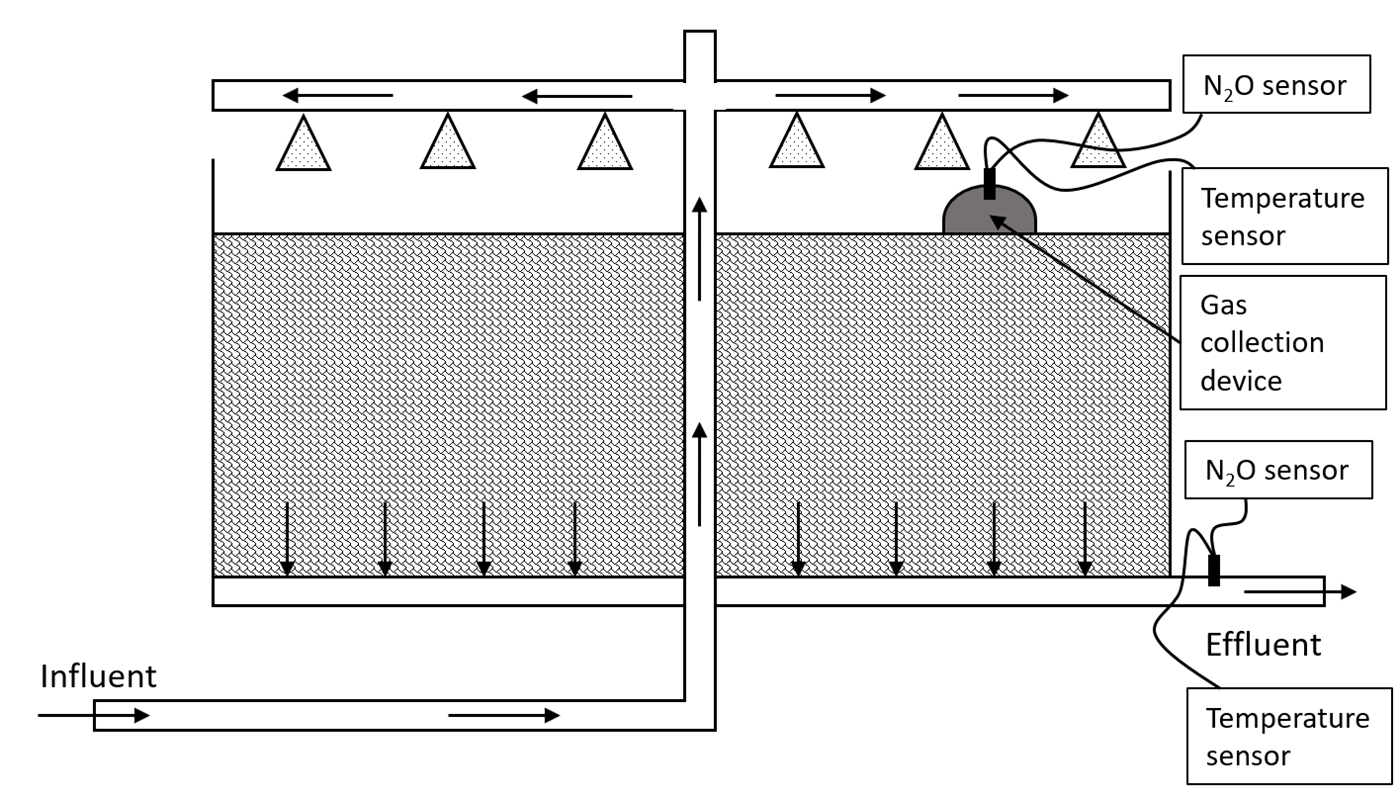
The effect of temperature on N2O emission
One of very few studies is Wang et al. (2014) who investigated the effect of temperature on N2O emission from a trickling filter treating domestic wastewater. The N2O emission was monitored during a year and it was observed that the emission was higher during the summer compared to winter. In trickling filters, where air is supplied through natural ventilation, the ventilation is driven by temperature differences. With limited temperature differences between air and water during summer, temperature becomes the governing factor for N2O release since low air flow and oxygen limitation leads to incomplete nitrification and N2O release. A low COD/N ratio has been shown to lead to N2O formation during denitrification, but as nitrification is the dominant process in the trickling filter, it is not a significant factor for N2O release. Søvik and Kløve (2007) also found that the N2O release from a trickling filter was related to nitrification.
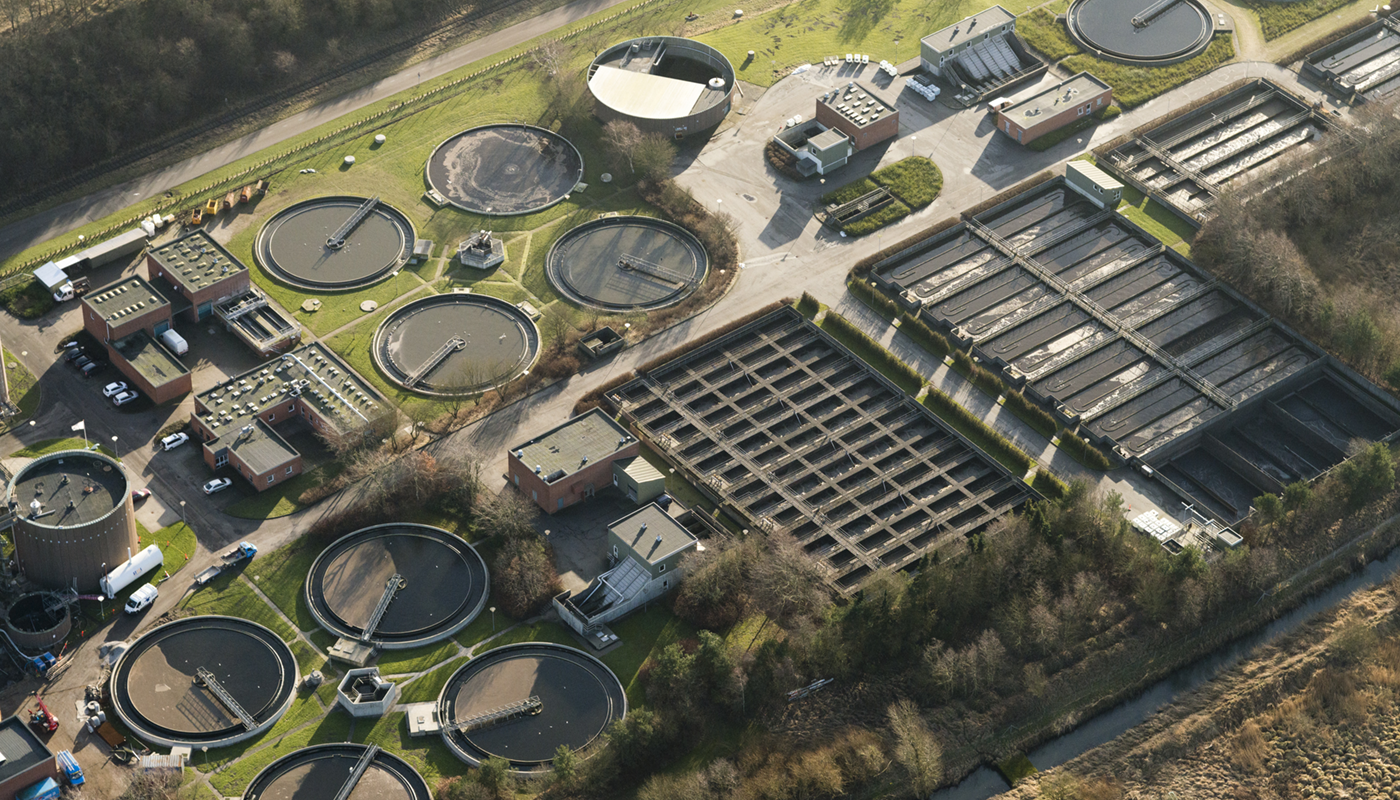
Further Monitoring of N2O Emissions Needed
The air flow used for calculating N2O emission was calculated according to AR = ε ∙ us ∙ f, where AR is the airflow (m3∙s-1), ε the surface fluid velocity (m∙s-1) and f the area of the trickling filter (m2). They estimate an emission of 20.5-554 g N2O/(m3∙year), corresponding to 0.1%-0.8% of the oxidized ammonia released as N2O-N. Studies are limited, but Søvik and Kløve (2007) and references therein report that 0.004-8% of the nitrogen load was released as N2O-N. Wang et al. (2014) suggest that a solution to limiting N2O emission could be to control the O2 supply to the trickling filter biofilm by relying on controlled ventilation instead of natural ventilation.
In conclusion, the lack of data and high reported emissions emphasize the need for further monitoring N2O emissions from trickling filters. To implement N2O monitoring, it is important to further develop a method for implementing N2O measurements and constructing an N2O emission model for this type of system. Monitoring the N2O emission using the N2O Wastewater Sensor will drive a deeper understanding of the N2O release triggers in trickling filters and mitigate the N2O emission.
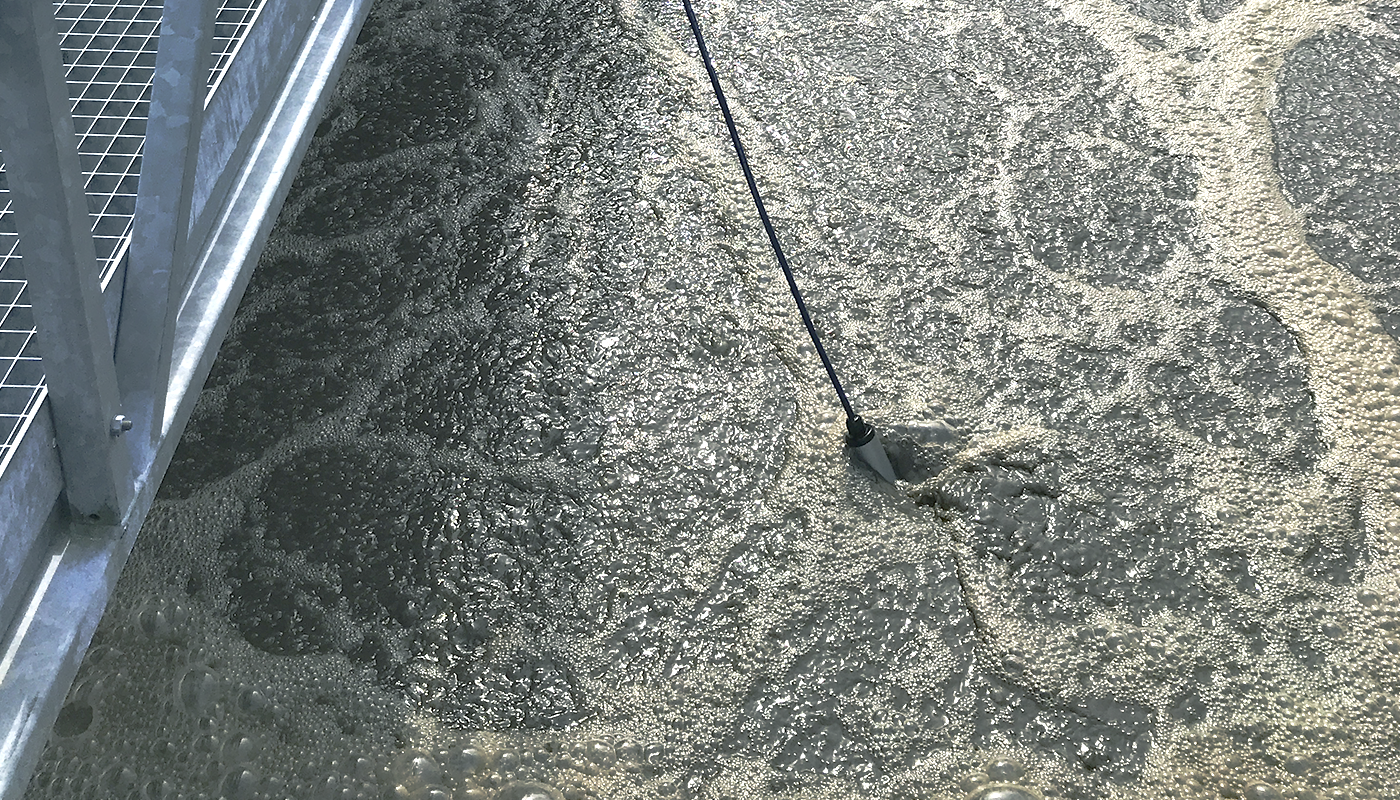
References
- Marques et al. 2016. Assessment of online monitoring strategies for measuring N2O emissions from full-scale wastewater treatment systems. Water Research 99, 171-179.
- Søvik and Kløve. 2007. Emission of N2O and CH4 from a constructed wetland in southeastern Norway. Sci. Tot. Environ. 380, 28–37.
- Wang et al. 2014. Impact of temperature on nitrous oxide emission in a tricking filter. Zhongguo Huanjing Kexue/China Environmental Science 34, 2796-2804.
Tech Notes & References
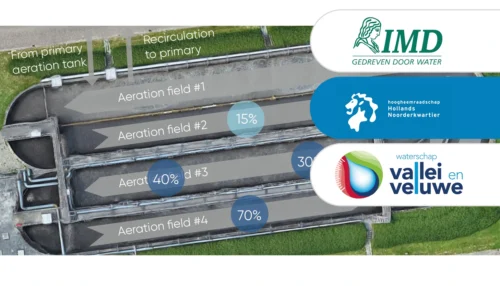
Two liquid phase N2O sensors accurately represent process dynamics and emissions in most common raceway and recirculation reactors.
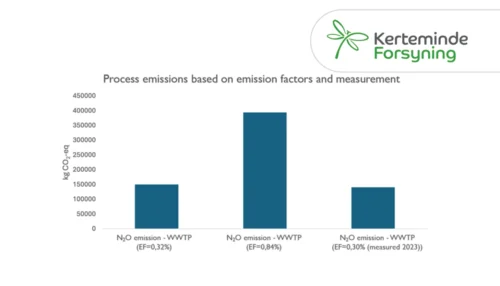
Learn how Kerteminde Forsyning applied nitrous oxide data to reduce the formation of N2O while maintaining low nitrogen emissions
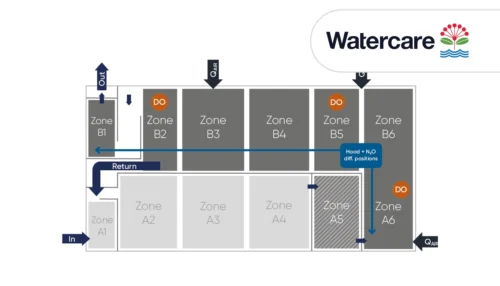
Case Study: Full-scale comparison of N2O emissions determined by liquid sensors and off-gas measurement
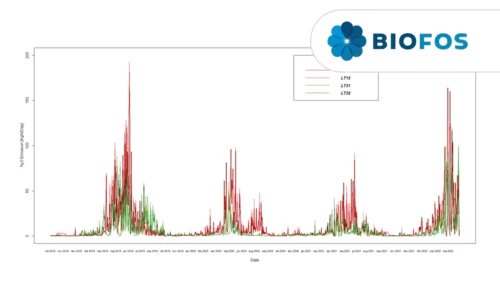
Significant 3-fold increase in IPCC2019 wastewater N2O emission factor supported by Danish studies.
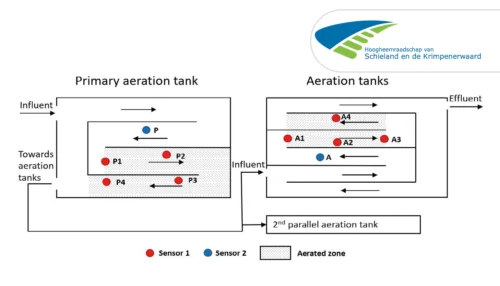
A case study from Kralingseveer WWTP in the Netherlands explores the influence of sensor placement.
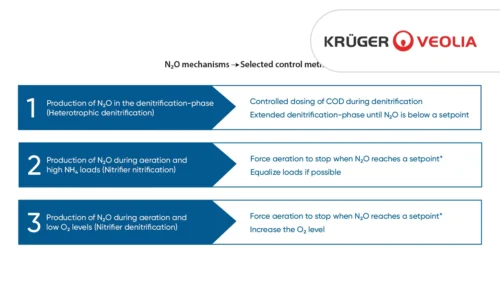
Based on data from Danish WWTPs through advanced online-control.
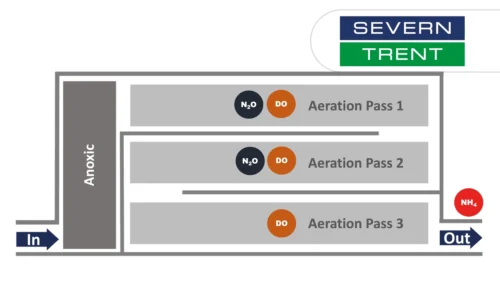
Learn about the results from N2O monitoring in the activated sludge tanks at Severn Trent’s Spernal sewage treatment plant
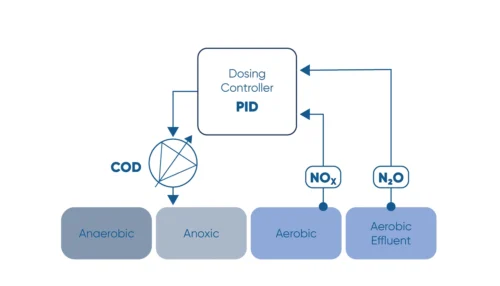
Monitor the N2O concentration in the liquid and use N2O as a control parameter for carbon dosage in the denitrification process.
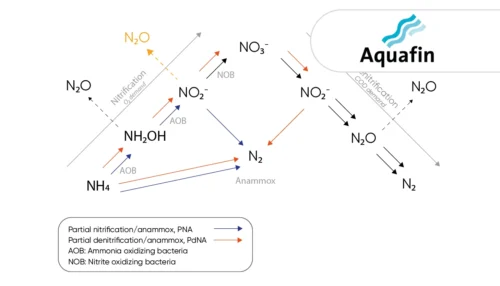
Learn how the water utility Aquafin controls emissions from deammonification processes using the the N2O Wastewater Sensor
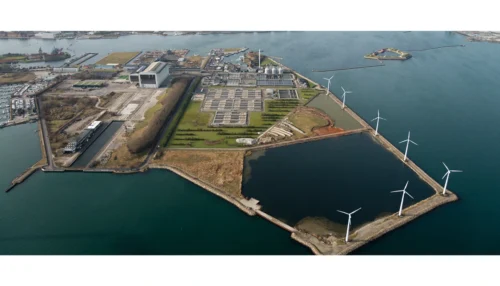
Greenhouse gas emissions at wastewater treatment plants are coming into focus as the water industry works to reduce its climate footprint
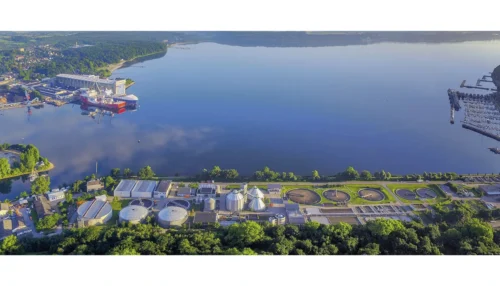
The investment costs had initially deterred us somewhat. However ...
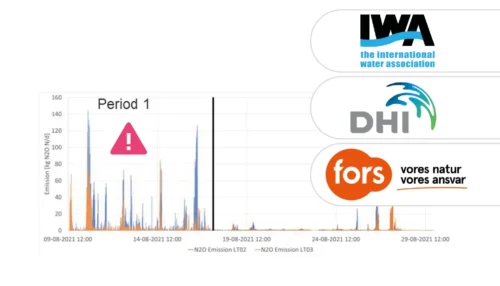
A study of three very different WWTPs in Denmark: Bjergmarken (125,000 PE), Holbæk (60,000 PE), and Hvalsø (11,570 PE)
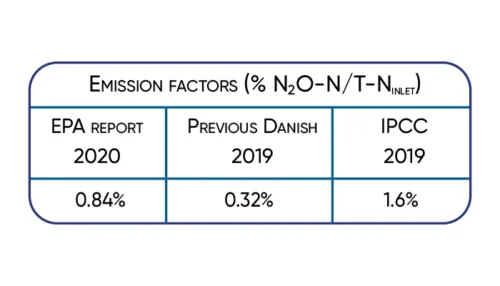
The available data show that the nitrous oxide emission varies in time and between wastewater treatment plants.
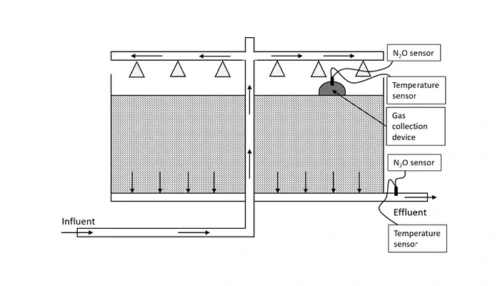
Information regarding N2O emissions from trickling filters is limited, partly caused by the difficulties in capturing off-gases.
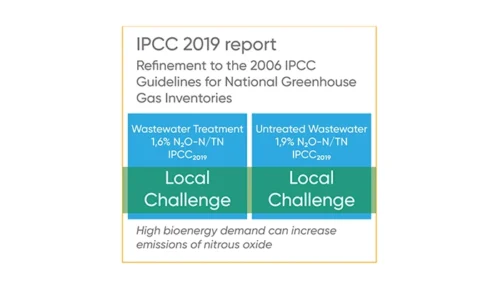
Significant 3-fold increase in IPCC2019 wastewater N2O emission factor supported by Danish studies.
